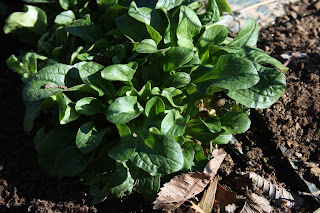Books for Gardeners - late winter reading

Spring garden preparation has begun: seed orders are in, pots are cleaned, leaves are raked and the remaining bits of last fall’s garden will go to the compost pile. Early spring vegetable and flower seeds can be sown indoors under lights now to get ready for planting outside in April. Also, it is time to order from the Tulsa Master Gardener’s spring plant sale. Orders are due March 28 for April 18 pick-ups. The pre-order form is at http://tulsamastergardeners.org . Between now and the first planting day of spring there will be plenty of time for learning new tricks and discovering new plants, so here are five books from a new crop of publications that would be good late-winter reading. “Starting Seeds: How to Grow Healthy Productive Vegetables, Herbs and Flowers from Seed” by Barbara Ellis, 120 page pocket-size paperback, published by Storey ( www.storey.com ). List price $9; $4 at online vendors. Ellis says “seeds set the rules” and to be successful we j...






